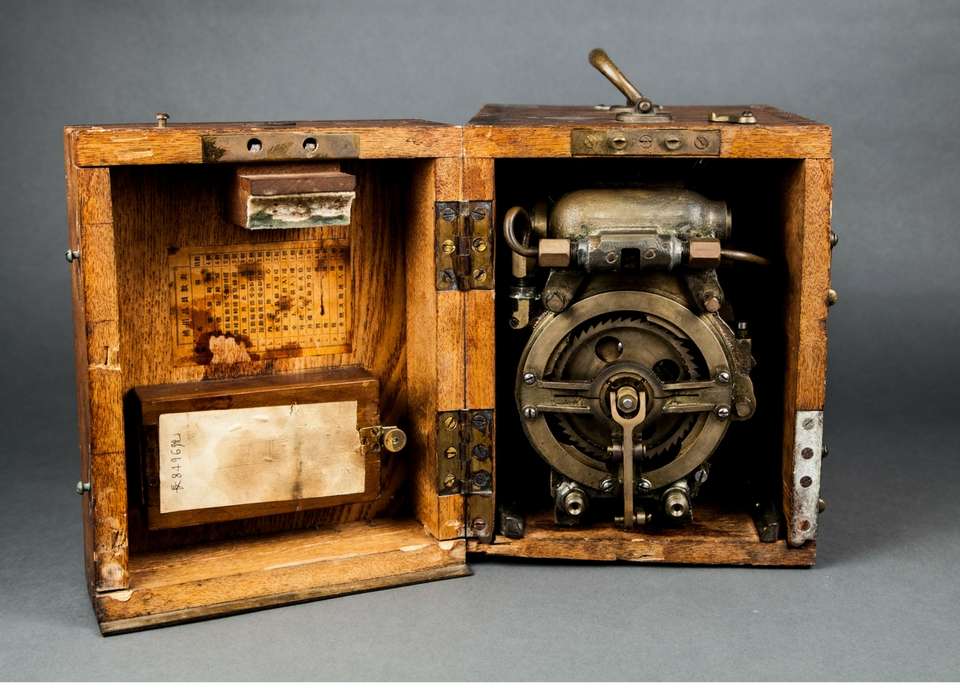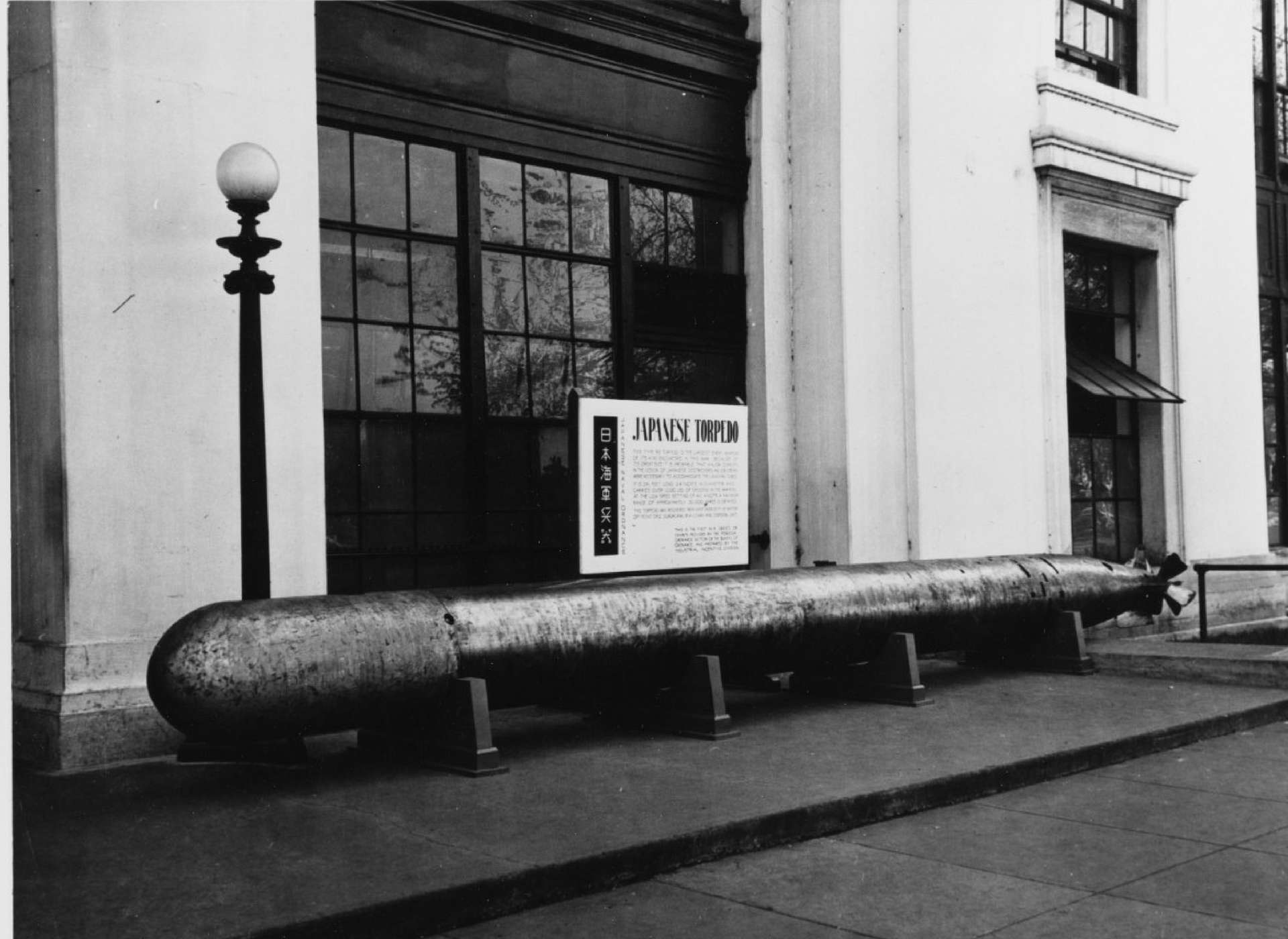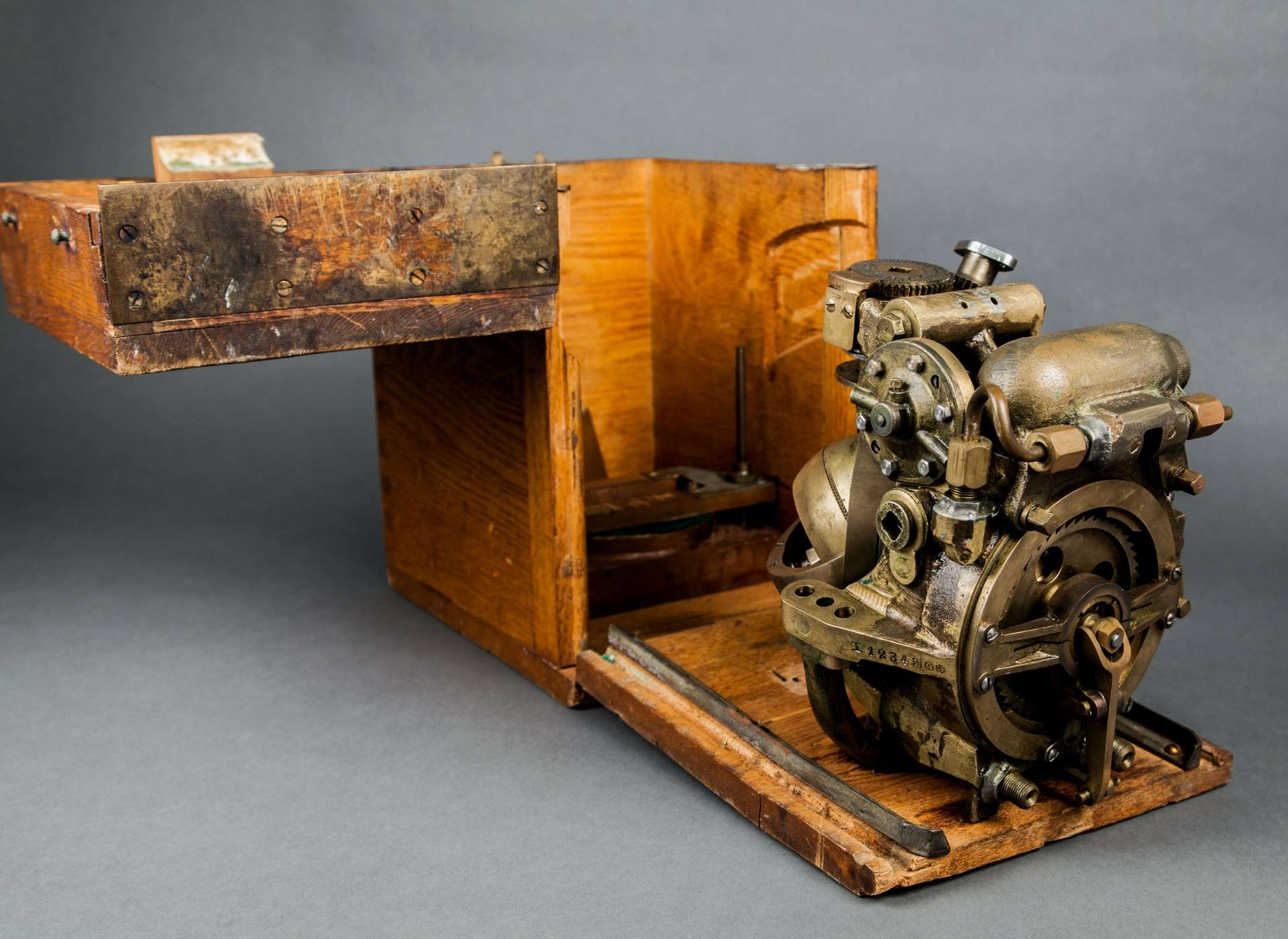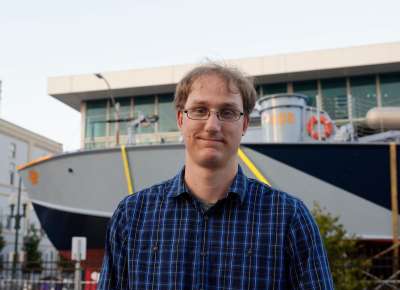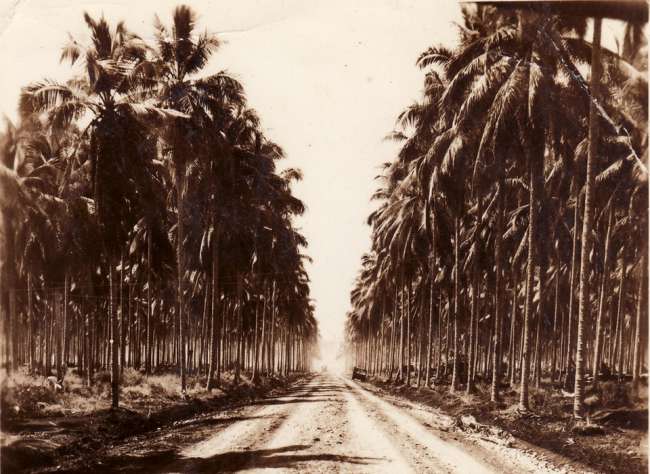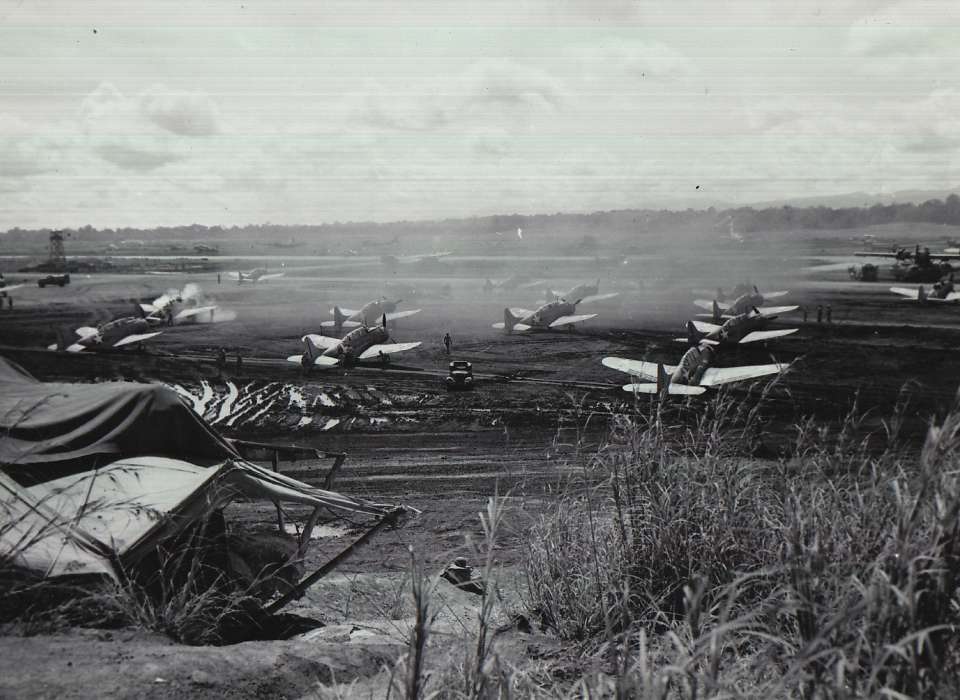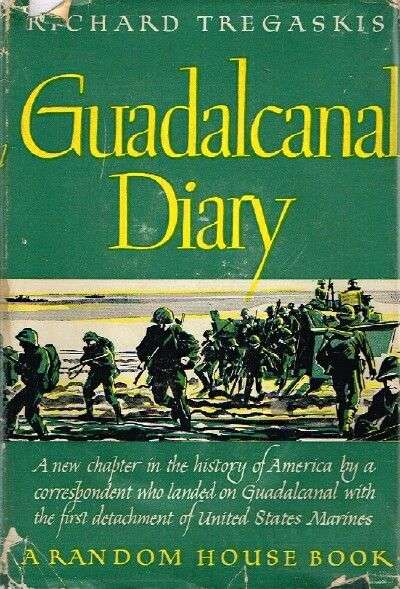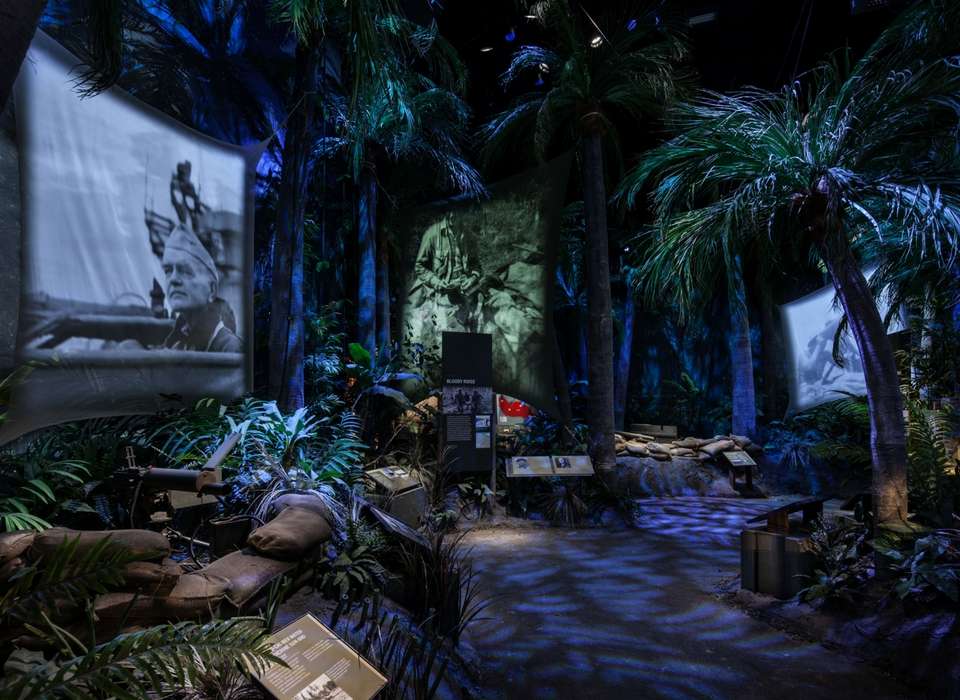At 1:43 a.m. on August 9, 1942, the USS Patterson (DD-392) broadcast a radio alarm “WARNING – WARNING: STRANGE SHIPS ENTERING HARBOR!” What happened next was a stunning example of superior Japanese night fighting tactics in the Battle of Savo Island. Within seconds of the warning, parachute flares dropped by Japanese float planes silhouetted the US and Australian naval forces. Shells began striking USS Chicago (CA-29) and HMAS Canberra (D33) as torpedoes slashed into their hulls. After five minutes, USS Chicago had a section of her bow blown off, and HMAS Canberra was sinking after taking two torpedoes and 24 shell hits.
The onslaught continued at 1:48 a.m. as the Japanese task force rounded Savo Island, headed north, and engaged the remaining cruisers. USS Astoria (CA-34), USS Vincennes (CA-44), and USS Quincy (CA-39) were left eviscerated and sinking as the victorious Admiral Gunichi Mikawa set a course back to Rabaul, New Guinea. Mikawa had just inflicted the worst defeat in US naval history in less than an hour, striking the first major blow of the bloody naval campaign in the waters around Guadalcanal.
-

A Type 93 torpedo on display at the Navy Yard in Washington, DC, during World War II. This torpedo was recovered off Point Cruz, Guadalcanal. The use of oxygen as fuel gave the Type 93 an almost invisible bubble trail, a heavy warhead, and a range thousands of yards farther than any contemporary torpedo. (Image courtesy the Naval History and Heritage Command.)
-

This gyroscope for the Type 93 torpedo is in the collection at The National World War II Museum. Due to their complexity, torpedoes require constant maintenance and care. The gyroscope for the Type 93 was transported and stored in a special wooden box that prevented it from being damaged during transport of the torpedo.
A key contributor to Japanese victory at the Battle of Savo Island, and to the ferocity of the naval campaign that followed, was the ship-gutting Type 93 torpedo. Nicknamed the “Long Lance” by naval historian Samuel Eliot Morrison, the Japanese Type 93 was the best torpedo of World War II. Developed in the interwar period, it represented a complete departure from standard torpedo design. Instead of using compressed air and alcohol to generate steam, the Type 93 used pure oxygen and kerosene. This mixture was dangerous and difficult to handle but was powerful enough to propel a massive torpedo.
The Type 93 was 29.5 feet long, had a diameter of 24 inches, and weighed over 6,000 pounds. The sheer size of this torpedo allowed it to carry an explosive charge of over 1,000 pounds—enough to break a US destroyer in half with a single hit—at speeds of 49 knots. The extreme range, power, and speed of this torpedo was not understood by US Naval intelligence until 1943. Over the course of the war, 23 allied warships that had been struck by the Type 93 went down.
This gyroscope for the Type 93 torpedo is in the collection at The National World War II Museum. The gyroscope provides stability and a reference direction for guiding the torpedo during its run. It is kept spinning at thousands of revolutions per minute by the steam used to propel the torpedo, allowing it to maintain its direction and stability after being launched from a torpedo tube. The gyroscope required precise but robust construction to keep the torpedo running in a straight line during high-speed runs in excess of 20,000 yards.
Joshua Schick
Cite this article:
MLA Citation:
APA Citation:
Chicago Style Citation:
